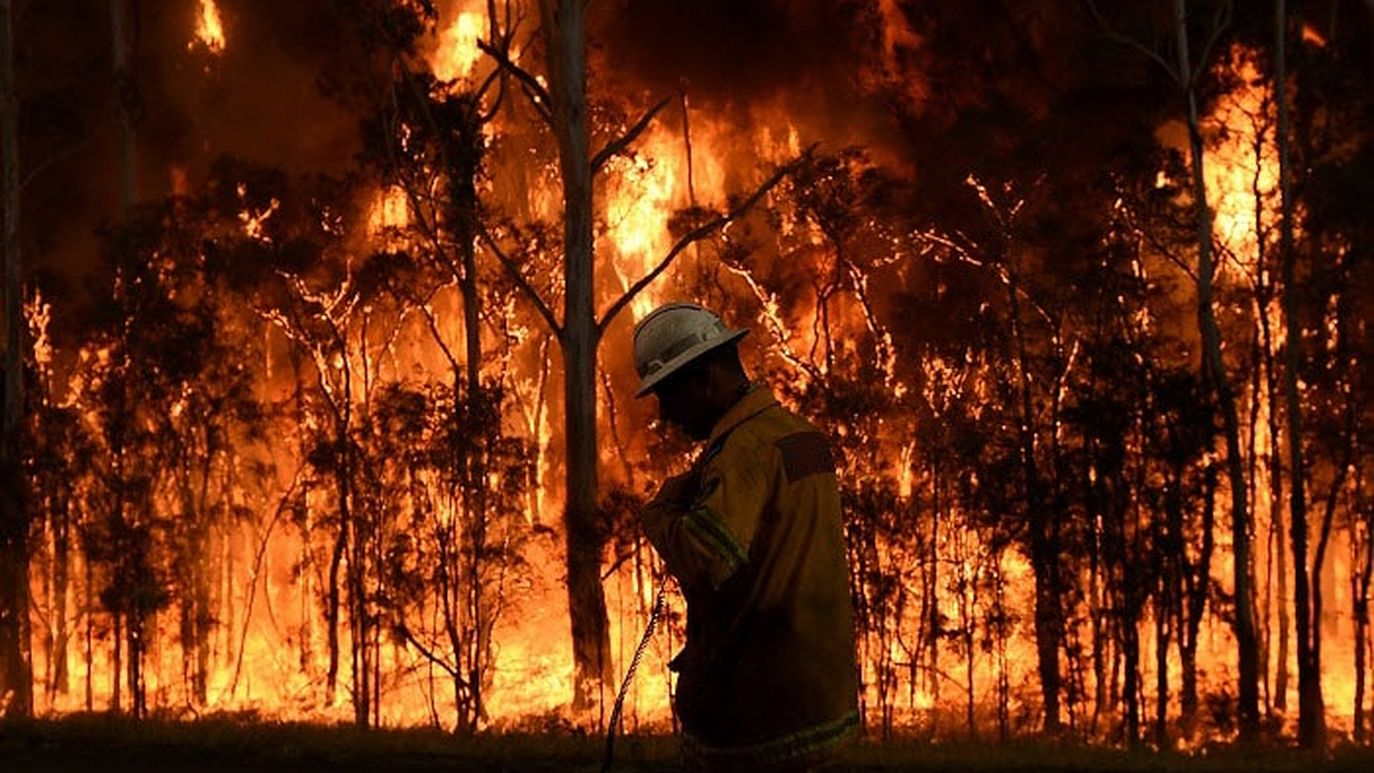
Australia is likely to see El Niño weather events become more frequent and more intense within the next 20 years, raising the risk of severe droughts and bushfires.
This is among the key findings of a new report into how climate change will alter weather patterns in different regions of the planet this century.
It comes after the fifth-ever strongest El Niño on record ended in April, following three consecutive La Nina years.
READ MORE: Fake Ozempic pens bought online contain different medication
While many of the changes to weather patterns identified in the report – such as increasing temperature extremes and rising sea levels – are well-known, the findings on the impact on El Niño are relatively new.
“Just a decade ago, climate models mutually disagreed on how ENSO (El Niño Southern Oscillation) would respond to global warming,” said Professor Shang-Ping Xie, a Californian climate expert not involved in the research.
“Now, a consensus has started forming from model simulations that ENSO is likely to strengthen through the middle of this century.”
However, that pattern would then weaken if greenhouse gas emissions continued to increase, as the balance between rainfall-reducing aerosols and rainfall-increasing greenhouse gases shifted.
In 2023, extreme weather events impacted communities across every inhabited continent, causing major flooding, droughts, and wildfires.
A world transformed
In tropical and sub-tropical regions, dramatic changes in rainfall are expected to impact billions of people.
Around 60 per cent of the world’s population lives in the northern hemisphere monsoon regions, where summer monsoons can bring up to 80 per cent of the annual rainfall.
As greenhouse gases rises, monsoons are predicted to become more intense, bringing life-threatening floods and landslides as well as impacting agricultural yields.
The findings come just days after hundreds were killed in late-season flooding and landslides in Nepal, weeks after similar natural disasters devastated India and Vietnam.
READ MORE: House buyer loses $813,000 in horror email scam
North-western Europe will be at increased risk of extreme storms, while more than half the population of India (55 per cent) will be living in regions of deadly heat by the end of this century.
Meanwhile, in the polar regions – particularly the Arctic – more and more precipitation will fall as rain rather than snow, accelerating ice melt and global sea level rise.
While the effects of climate change appear stark, the UK research team say they hope producing such accurate region-specific climate models will help inform international climate policies and prompt regional mitigation strategies.
“Regional information is essential for preparing for these extreme events and implementing effective, science-led adaptation measures,” said study co-author Matt Priestley from the University of Exeter.
“Without investments into advanced climate modeling and monitoring systems, policymakers and local communities are left navigating climate risks with insufficient information, which can lead to inadequate or misdirected efforts.”
The report was published in Frontiers in Science today.
links to content on ABC
9News





